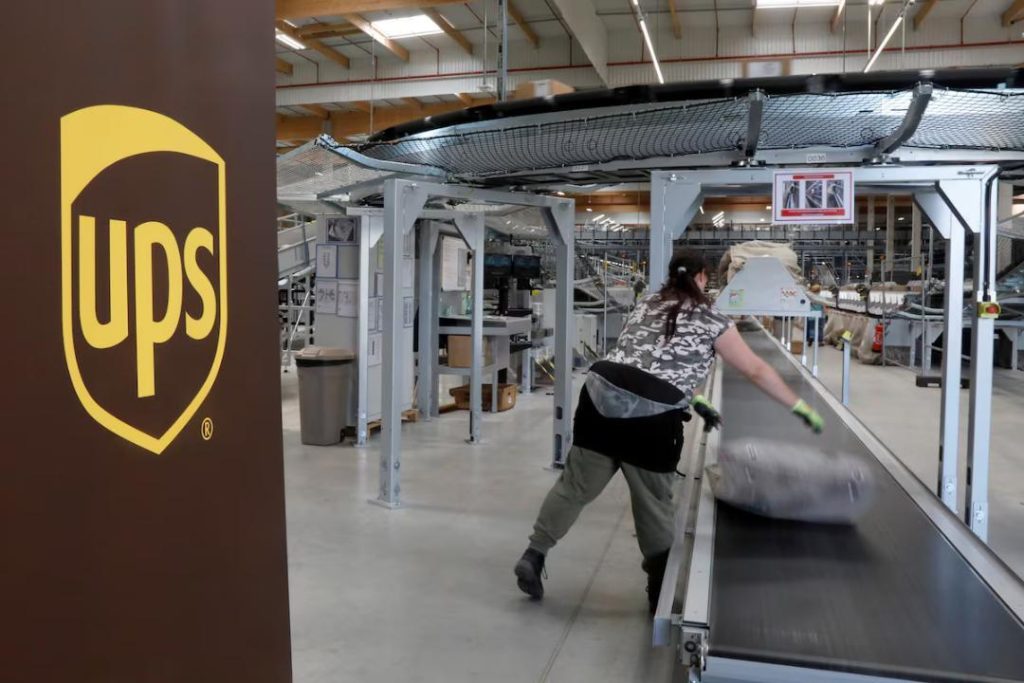
UPS to Cut 20,000 Jobs to Lower Costs & Prepare for Potential Pullback from Amazon
In a move to streamline operations, reduce costs, and prepare for a potential shift in its largest customer’s business, United Parcel Service (UPS), the world’s largest package delivery firm, announced on Tuesday that it will be cutting approximately 20,000 jobs. The company will also be shutting down 73 facilities to achieve its goal of cost reduction.
According to a statement released by UPS, the job cuts and facility closures are a necessary step to reconfigure its network and reduce costs across its business. “The actions we are taking to reconfigure our network and reduce cost across our business could not be timelier,” said CEO Carol Tome.
The news comes as a surprise to many in the industry, given UPS’s reputation as a reliable and efficient logistics provider. However, the company’s decision to cut jobs and facilities can be attributed to a combination of factors, including the ongoing pandemic, changes in consumer behavior, and the potential for a pullback from its largest customer, Amazon.
Amazon, which accounts for a significant portion of UPS’s revenue, has been expanding its in-house delivery capabilities in recent years. This has led to concerns among industry insiders that the e-commerce giant may eventually reduce its reliance on third-party logistics providers like UPS. By cutting jobs and facilities, UPS is positioning itself to adapt to this potential shift and focus on other areas of its business.
The job cuts will affect various levels of the organization, including management, administrative, and operational staff. The company did not provide details on which specific roles will be eliminated, but it did assure that it will be offering support to affected employees, including severance packages and outplacement assistance.
The facility closures will also have a significant impact on UPS’s operations. The company will be shutting down 73 facilities, including sorting centers, hubs, and distribution centers. While some of these facilities may be consolidated into existing locations, others may be completely eliminated.
In a statement, UPS emphasized its commitment to continuing to provide excellent service to its customers, despite the changes. “We are committed to delivering the best possible service to our customers and will continue to invest in our network and technology to ensure we remain competitive and adaptable in a rapidly changing market,” said Tome.
The news has sent shockwaves through the logistics industry, with many wondering what this means for the future of UPS and its customers. While the job cuts and facility closures are undoubtedly painful, they may ultimately be a necessary step for the company to remain competitive and thrive in a rapidly changing market.
As the industry continues to evolve, it will be interesting to see how UPS and its competitors adapt to the changing landscape. With the rise of e-commerce and the increasing importance of logistics in the global supply chain, companies that are able to navigate these changes successfully will be well-positioned for long-term success.






